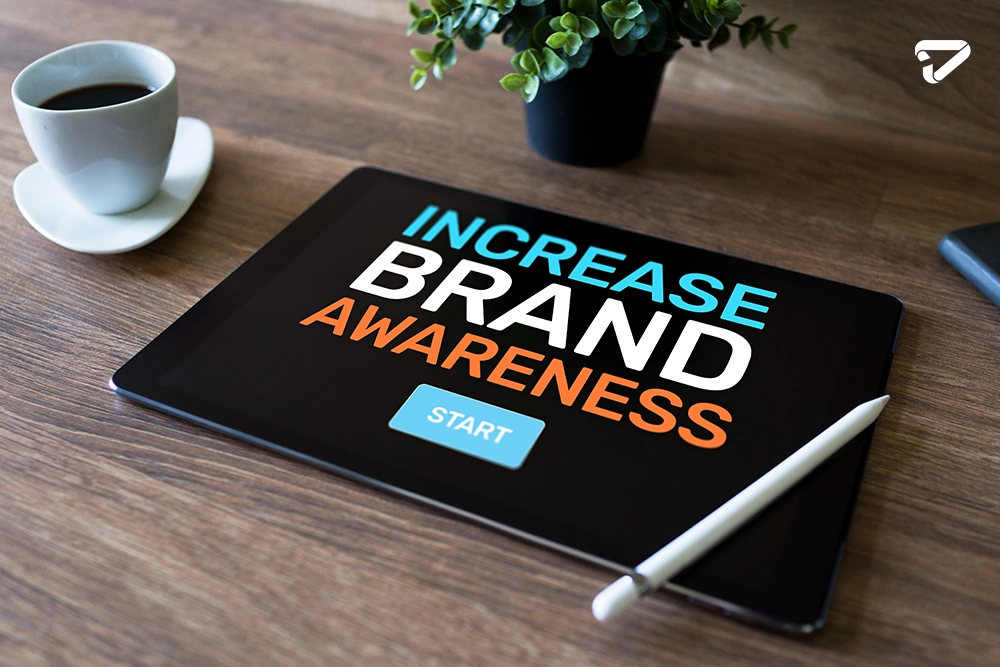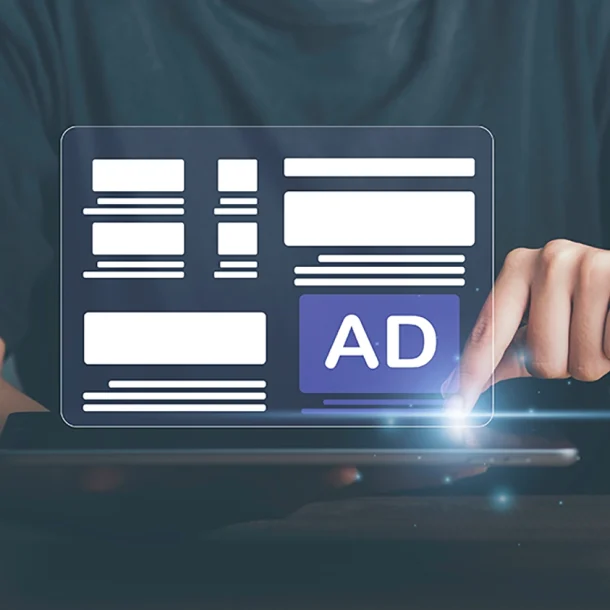
The Power of Visual Content: Infographics, Memes, and Beyond
Visual Content enhances user engagement, drives traffic, and improves SEO by using high-quality images, videos, and infographics to capture and retain audience attention.
In today’s digital age, where attention spans are fleeting and content is abundant, visual content has emerged as a powerful tool for marketers to capture and retain audience interest.
Whether it’s through captivating infographics, humorous memes, or engaging videos, visuals play a crucial role in conveying messages effectively and enhancing brand visibility.
Visual content encompasses a wide array of media types, each serving its unique purpose in communicating with audiences.
From static images that convey complex information swiftly to dynamic videos that tell compelling stories, the versatility of visual content knows no bounds.
In this comprehensive guide, we delve into the realm of visual content marketing, exploring its significance, various types, benefits, creation strategies, and best practices.
By the end of this article, you’ll understand how to harness the power of visual content to amplify your brand’s reach and engagement.

Understanding Visual Content
Visual content refers to any form of content that utilizes images, videos, or other visual elements to convey information.
In the realm of digital marketing, visual content plays a crucial role in capturing audience attention and enhancing engagement.
Unlike text-only formats, visual content stimulates multiple senses, making information more memorable and easier to digest.
What is Visual Content?
Visual content encompasses a variety of formats:
- Images: Static visuals that can range from photographs to illustrations, used to convey messages or evoke emotions.
- Videos: Dynamic visuals that combine motion, sound, and storytelling to engage audiences and deliver messages effectively.
- Infographics: Visual representations of data, statistics, or processes designed to simplify complex information and enhance understanding.
- Memes: Humorous images or videos that convey cultural ideas, often used to create viral content and foster community engagement.
Importance of Visual Stimuli in Communication
The human brain processes visual information faster than text.
Studies show that visuals can improve comprehension, retention, and overall engagement with content.
In fact, content with relevant images gets 94% more views than content without visuals.
Visual content not only attracts attention but also elicits emotional responses, making it a powerful tool for storytelling and brand communication.
By leveraging visuals effectively, brands can create memorable experiences that resonate with their target audience.
Benefits of Using Visual Content
Visual content offers numerous benefits to marketers and content creators, enhancing both audience engagement and content effectiveness across various platforms.
Enhanced Audience Engagement
Visuals have a remarkable ability to capture and maintain audience attention.
Here are some key benefits:
Increased Interaction: Visuals encourage likes, shares, and comments on social media platforms, boosting organic reach.
Higher Click-Through Rates (CTRs): Emails with visual content have higher CTRs compared to text-only emails.
Extended Dwell Time: Websites and posts with compelling visuals tend to keep visitors engaged longer.
Improved Information Retention
Human brains are wired to process visuals more effectively than text.
Visual content aids in:
Memory Retention: People remember visual information better than text-based information.
Clarity and Understanding: Complex concepts can be simplified and communicated more effectively through visuals like infographics.
Increased Brand Awareness
Visual branding elements, such as logos, colors, and design aesthetics, play a crucial role in:
Brand Recognition: Consistent use of visual elements helps in establishing a recognizable brand identity.
Brand Recall: Visual content reinforces brand messaging and values, making brands more memorable to consumers.
Incorporating visual content into your marketing strategy not only enhances engagement but also strengthens brand perception and recall among your target audience.

Types of Visual Content
Visual content comes in various forms, each serving unique purposes in digital marketing strategies.
Infographics: Conveying Complex Information
Infographics are powerful tools for presenting data and information in a visually appealing format. They:
Simplify Complex Data: Transform statistical data and complex information into easily understandable visuals.
Enhance Sharability: Infographics are highly shareable on social media, increasing content reach and engagement.
Boost SEO: Well-optimized infographics can attract backlinks, improving website authority and search engine rankings.
Creating an effective infographic involves:
Choosing a Topic: Select a relevant and data-rich topic that resonates with your audience.
Designing Layout: Use clear, concise visuals with a cohesive color scheme and typography.
Including Data Sources: Cite credible sources to enhance the credibility and trustworthiness of your infographic.
Memes: Humor and Viral Marketing
Memes are humorous images, videos, or pieces of text that spread rapidly across the internet. They:
Create Cultural Connections: Memes often tap into current events or cultural references, resonating with specific audiences.
Drive Engagement: Sharing memes can create a sense of community and encourage audience interaction.
Enhance Brand Personality: Brands can use memes to showcase their sense of humor and connect with younger demographics.
Successful meme marketing involves:
Understanding Audience Preferences: Identify trending memes and humor styles that align with your brand voice.
Staying Relevant: Timeliness is crucial in meme culture; leverage current trends for maximum impact.
Respect Boundaries: Ensure memes align with your brand values and avoid controversial or offensive content.
Videos: Engaging Audiences
Videos are dynamic visual content that captivates audiences through storytelling and visual appeal. They:
Convey Emotions and Stories: Videos evoke emotions and allow brands to tell compelling stories.
Increase Engagement: Video content generates more shares and comments, fostering community interaction.
Improve SEO: Video content often ranks well in search engine results, driving organic traffic to your website.
Creating impactful video content involves:
Planning Content: Develop a storyboard or script to structure your video narrative effectively.
Optimizing for Platforms: Tailor video length and format for specific social media platforms or websites.
Adding Call-to-Actions (CTAs): Encourage viewers to take action, such as subscribing, sharing, or visiting your website.
Best Practices for Visual Content Creation
Creating effective visual content requires careful planning, creativity, and adherence to best practices to maximize impact and engagement.
Keyword Research for Visual Content
Before creating visual content, conduct keyword research to understand what topics and themes resonate with your target audience.
Tools like Google Keyword Planner and Ahrefs can help identify relevant keywords and trending topics related to your industry.
Keyword Optimization Techniques
Once you’ve identified your target keywords, integrate them naturally into your visual content, including:
Titles and Descriptions: Use keywords in the titles and descriptions of your visual assets, such as infographics and videos.
Alt Text: Add descriptive alt text to images and videos to improve accessibility and SEO.
Meta Tags: Optimize meta tags, including meta descriptions and title tags, with relevant keywords.
Structuring Visual Content
Organize your visual content with clear and engaging structures, including:
Headings and Subheadings: Use H1, H2, and H3 tags to structure your content hierarchically and incorporate keywords.
Organize text, images, and graphics in a clear order to help viewers navigate your content easily.
Callouts and Highlights: Use callouts, boxes, or arrows to draw attention to key information within your visuals.
Visual Design Principles
Ensure your visual content is visually appealing and effective by following these design principles:
Consistency: Maintain a consistent brand identity through color schemes, fonts, and design elements.
Simplicity: Simplify complex ideas and information to enhance comprehension and engagement.
Accessibility: Design visuals that are accessible to all users, including those with disabilities, by following accessibility guidelines.
Engagement Strategies
Encourage audience interaction and engagement with your visual content through:
Interactive Elements: Incorporate interactive features such as quizzes, polls, or clickable infographics.
Social Sharing Buttons: Include buttons that allow viewers to easily share your visual content on social media platforms.
User-generated Content: Encourage users to create and share their own content related to your visuals, fostering community engagement.
Analytics and Optimization
Monitor the performance of your visual content using analytics tools to:
Track Engagement Metrics: Measure likes, shares, comments, and click-through rates to gauge audience interaction.
A/B Testing: Experiment with different visuals, formats, or headlines to optimize content performance.
Iterative Improvement: Continuously refine and update your visual content based on analytics data and audience feedback.
Featured Snippets
Images and videos can be optimized to show up as quick answers at the top of Google search results.
To optimize for featured snippets:
Answer Questions Directly: Structure your visual content to directly answer common questions related to your industry or niche.
Use Lists or Steps: Format your content as lists or step-by-step guides, as these formats are favored for featured snippets.
Improve Metadata: Use important words in titles, descriptions, and alt text to increase chances of being shown in featured snippets.
Link to Authority Sites
When creating visual content, back up your claims and enhance credibility by linking to reputable sources and studies.
This not only adds credibility but also improves SEO by demonstrating expertise and authority.
Length and Scannability
While visual content is inherently engaging, ensure it is also user-friendly by:
Optimizing Load Speed: Compress images and videos to improve page load times and user experience.
Improving Scannability: Use headings, bullet points, and concise paragraphs to make content easy to skim and digest.

Conclusion
In conclusion, visual content is a cornerstone of modern digital marketing strategies, offering unparalleled opportunities to engage, educate, and inspire audiences.
Brands can improve their online presence and connect with their audience by using infographics, memes, videos, and other visual content effectively.
Whether you’re a seasoned marketer or just starting out, integrating visual content into your marketing arsenal can significantly amplify your brand’s visibility and impact.
Remember to continuously analyze performance metrics, refine your strategies, and stay updated with emerging trends to stay ahead in the competitive digital landscape.
Embrace the power of visual content today and unlock new possibilities for your brand’s growth and success.
contact with danabak agency to provide content creation services to expand your marketing.








